How did our story begin – and why are we the only ones left today?
At the Neanderthal Museum, you can travel back to the origins of humanity. From the first upright hominins in Africa to the encounter with Neanderthals in Europe. The third section of the exhibition shows you how climate, chance, and adaptation have influenced our survival and why we are the only ones left today.
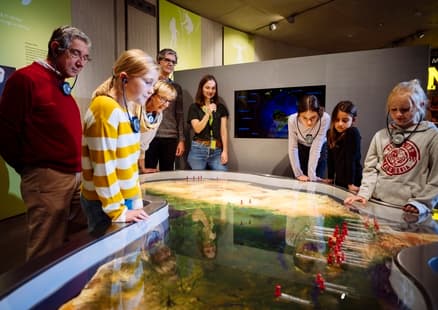
Seven to nine million years ago, the climate in Africa changed: the rainforest gave way to more open landscapes, and the first bipedal hominins appeared. Over time, different species emerged, adapted to very different habitats—an evolutionary testing ground.
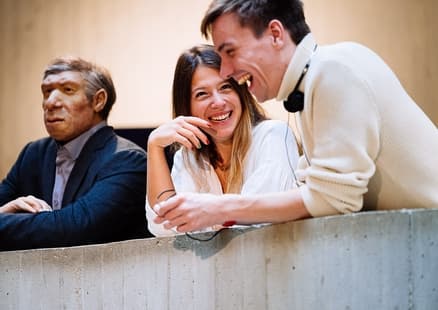
Within each species, genetic recombination and mutation give rise to new variants. The best-adapted individuals prevail—this is the principle of natural selection. In this way, life is constantly changing, without any goal, but full of possibilities.
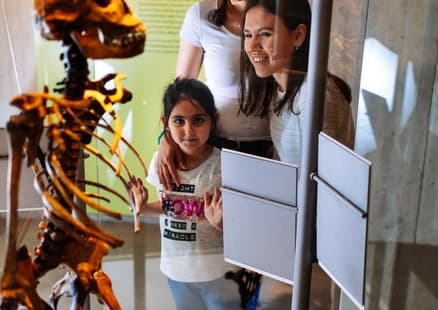
Homo habilis, the first toolmaker, emerged 2.5 million years ago. Homo erectus, around 2 million years ago, was taller, smarter, and was the first human species to migrate out of Africa. He was a true survivor - and an ancestor of us all.
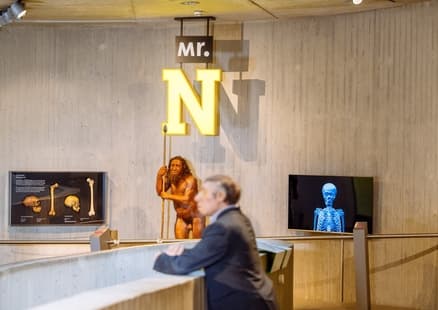
Neanderthals evolved from Homo heidelbergensis in Europe. They were robust, adaptable, and had large brains. Their bones show that they lived in an ice age world - with many challenges. And they were anything but “primitive.” At the Neanderthal Museum, you can meet the famous Neanderthal Mr. N and learn more about him.
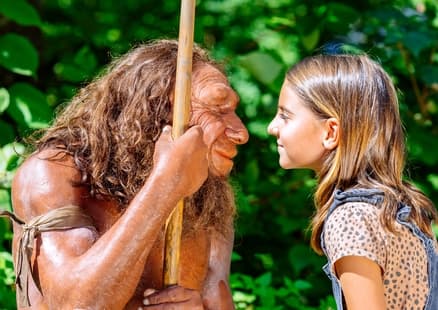
Around 40,000 years ago, our ancestors - Homo sapiens sapiens - arrived in Europe. There they encountered the Neanderthals. Some groups never met, while others intermingled. Our genetic makeup reveals that a small part of the Neanderthals lives on in us to this day.
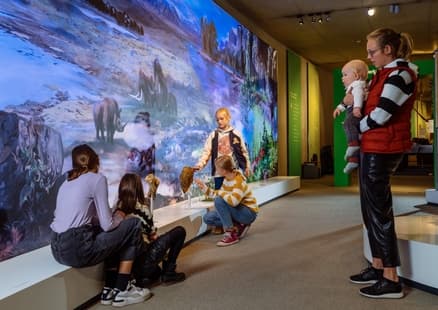
The last ice age brought extreme climate fluctuations. People had to migrate, adapt - or disappear. The Neanderthals did not survive. We did.
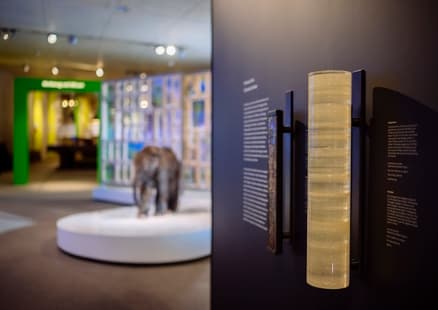
Scientists reconstruct the climate of the past - and draw lessons for today. The difference: today's global warming is not a natural process, but man-made.
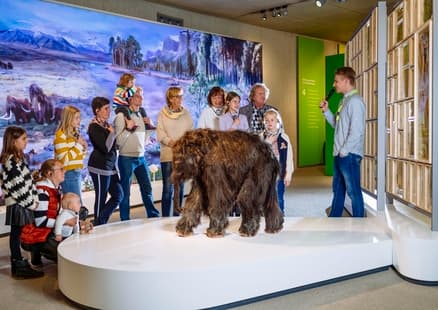
Then come to the Neanderthal Museum in Mettmann!
Learn how our ancestors struggled through ice ages, emigration, and climate crises—in an exhibition full of stories about survival, change, and humanity.